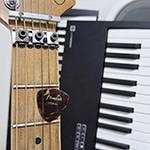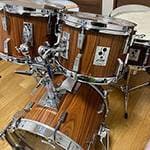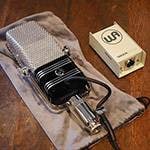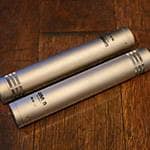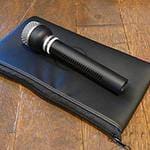In recent years, Neumann has been actively releasing monitoring equipment, from speakers to headphones. I have personally installed the KH 80 DSP + MA 1 in my 6-tatami size home studio, but I was given the opportunity to use the KH 150, a 6.5-inch woofer model, so I decided to try it out for production, replacing the KH 80 DSP.
<NEUMANN KH 150>
The new standard model of Neumann monitor speakers, the KH 150.
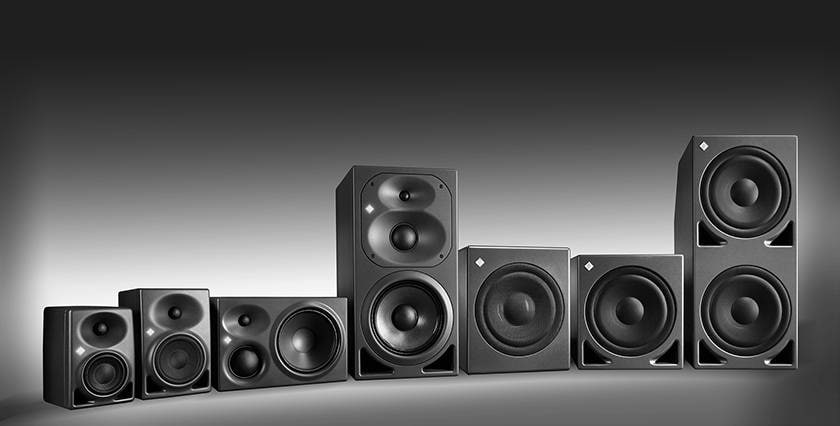
<Neumann Monitor Speaker Lineup Before the Release of the KH 150>
The following image shows the lineup before the release of the KH 150, with the models from left to right being the KH 80 DSP, KH 120, and KH 310. The KH 80 DSP and KH 120 are both 2-way models with 4-inch and 5.25-inch woofers, respectively. The KH 310, on the other hand, is a 3-way model with an 8.25-inch woofer. Thus, the KH 150 fits between these models in the lineup.
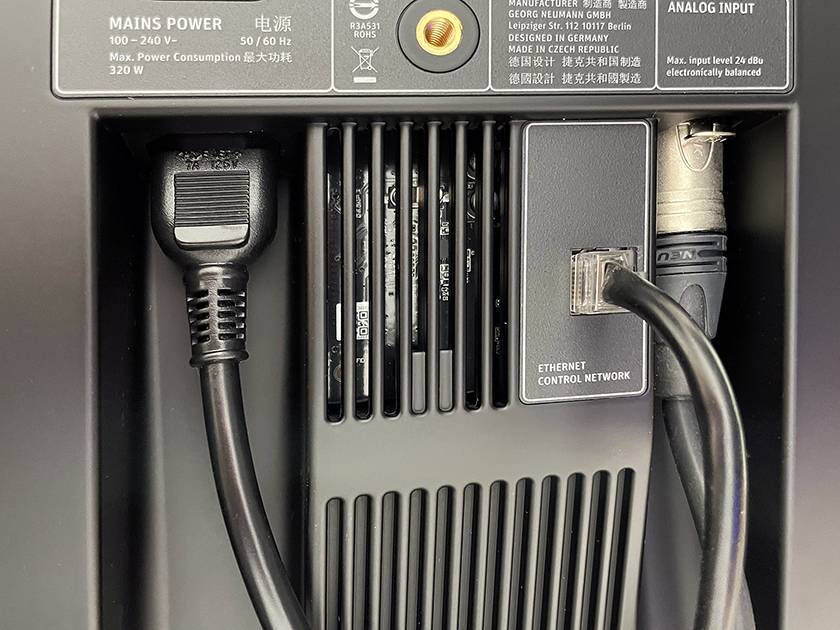
<Ethernet Connector on the Rear Panel>
Although the model name of the KH 150 does not include "DSP," it is important to note that it is equipped with DSP functionality. It supports monitor alignment features and comes with an Ethernet port on the rear panel for network control.
Neumann's Monitor Alignment function is a relatively new feature, and until now, it was only available on the KH 80 DSP and the subwoofer KH 750 DSP. To use the monitor alignment feature with the KH 310 or KH 120, it was necessary to pair them with the KH 750 DSP, meaning that a subwoofer was required for full functionality.
Additionally, the KH 80 DSP and KH 120 were somewhat underpowered for larger studios, which led to strong demand for a 6-inch class monitor. With the introduction of the KH 150, Neumann now delivers a "new standard model" in their monitor speaker lineup, designed to meet the needs of a wider range of professional audio environments.
Comparison Listening with KH 80 DSP ~Only the bass is enhanced; the sound is surprisingly similar in character~
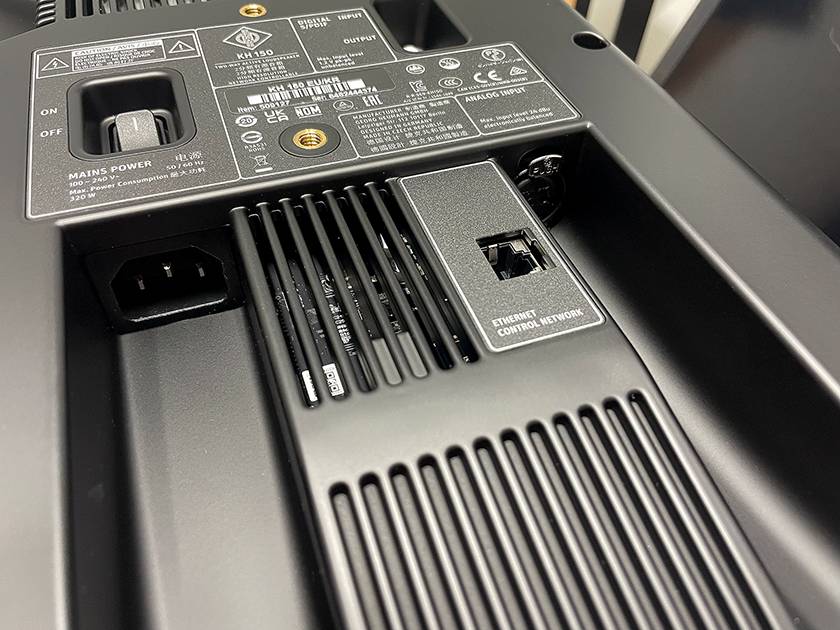
<XLR and power cables are inserted from the bottom>
Putting specifications aside, I swapped out the KH 80 DSP with the KH 150 and compared them through listening tests.
The analog audio input and power inlet on the KH 150 differ from those on the KH 80 DSP, so some preparation is required when swapping from the KH 80 DSP. The audio input on the KH 150 uses a locking XLR connector, while the power inlet is an IEC 3-pin inlet.
The power inlet on the KH 150 is positioned quite deeply, so a hospital-grade power cable cannot be used directly. For this test, I used the standard power cable that was included. If you want to switch to a hospital-grade cable, you will need either an extension connector or a power cable with a smaller connector at the terminal.
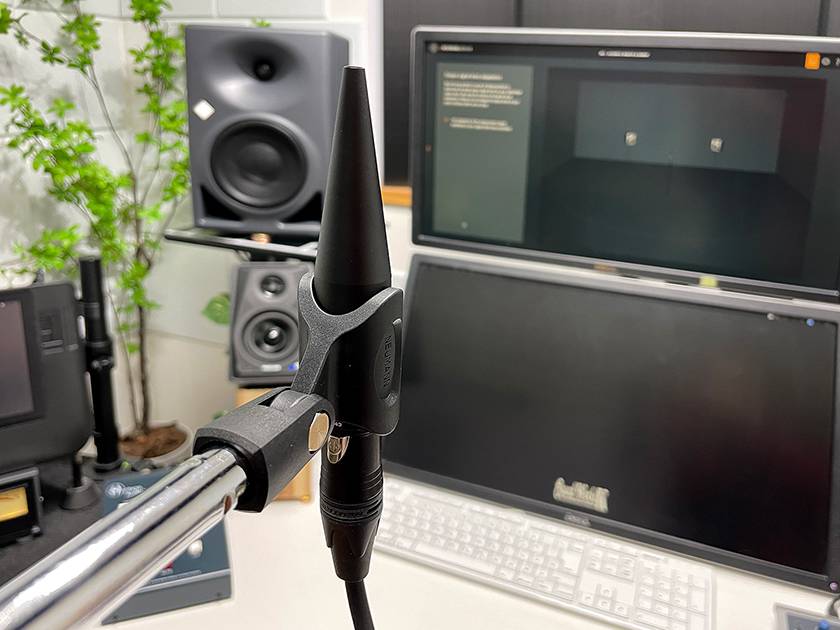
<Calibrating using the MA 1>
After connecting, I performed the calibration using the MA 1 (sold separately) and the software. The MA 1 that was used with the KH 80 DSP can be used directly with the KH 150 as well. The software allows you to store multiple setups, so I was able to retain the settings for the KH 80 DSP while simultaneously performing the calibration for the KH 150.
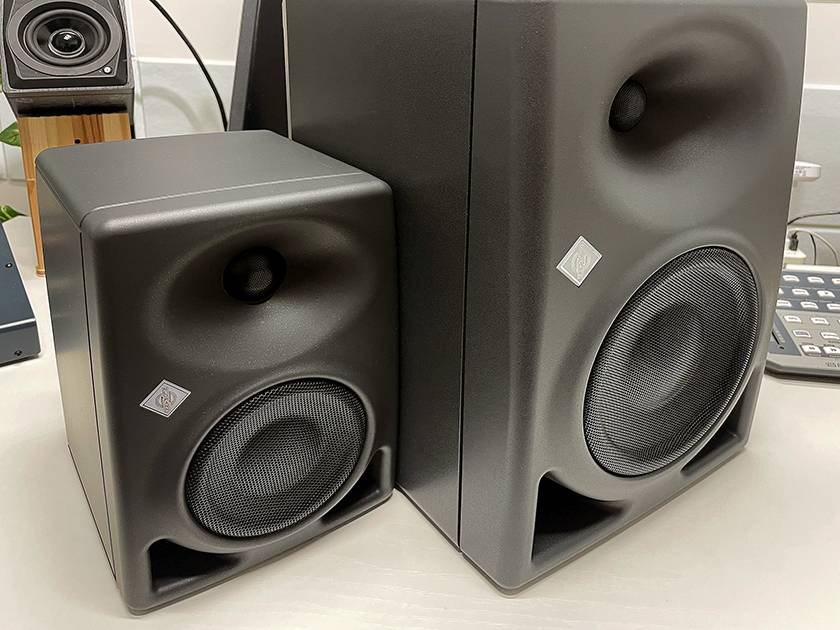
<KH 80 DSP&KH 150>
When listening to the sound, the larger woofer of the KH 150, which is capable of reproducing frequencies down to 39Hz (+/-3dB), makes a noticeable difference compared to the KH 80 DSP. The KH 150 delivers a much more defined low-end, allowing it to reproduce bass drum resonance, the body of a double bass, and the deep lows of a synth bass—elements that the KH 80 DSP struggles to render accurately. With the KH 80 DSP, a subwoofer is almost essential to achieve that same depth. However, with the KH 150, a subwoofer might not be necessary, as it handles most of the low-end frequencies very well on its own.
However, when it comes to characteristics other than the low end, the KH 150 is surprisingly similar to the KH 80 DSP. If you close your ears to the low frequencies, the sound is almost identical to the KH 80 DSP. The frequency range above 200Hz sounds nearly the same. Just like the KH 80 DSP, the sound feels less like it's coming from the speakers and more like the space itself is resonating, with excellent phase coherence and clarity. Even after setting up the KH 150, there was absolutely no need for an adjustment period to get used to the sound; the transition was smooth and seamless. It was honestly surprising how similar they sounded.
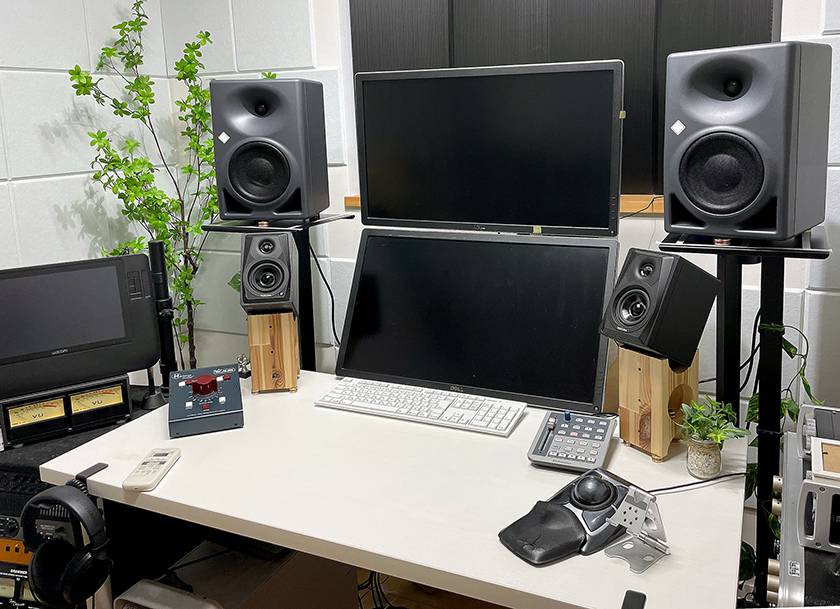
<The KH 150 has quite a substantial size for a 6-tatami mat size studio>
The KH 80 DSP and KH 150 differ in woofer size, but otherwise, they are essentially the same, which may seem natural. The KH 150 uses the same 1-inch tweeter unit as the KH 80 DSP, and the enclosure structure and materials are also identical. The long-throw bass driver and the 3D shaping around the tweeter follow the same concept, with only the size being increased. This outcome reinforces the sense that NEUMANN has thoroughly adhered to the concept they set for this series, ensuring consistency in design and performance across the models.
Of course, this result is based on the monitor alignment performed in the author’s studio, and the outcome may vary in a larger studio. However, it is clear that the KH 150 shares the same high-quality sound characteristics, with consistent audio performance across the lineup. The key takeaway is that the KH 150 fits well into Neumann's overall sound philosophy, and users should choose the optimal size based on the specific requirements of their studio space.
In my 6-tatami mat size studio, the KH 150 felt somewhat visually imposing, so I decided to stick with the KH 80 DSP. However, in a studio of 10 tatami mats or larger, I believe the KH 150 would be a very effective choice. Additionally, if space allows, I would recommend adding a subwoofer. While the KH 150 already has excellent low-end reproduction, the KH 750 DSP subwoofer, with its ability to extend down to 18Hz (+/-3dB), can provide even more headroom for bass performance. This, in turn, allows for a more powerful, large-monitor-like sound.
Even without monitor alignment, the KH 150 still delivers a remarkably high level of sound quality.
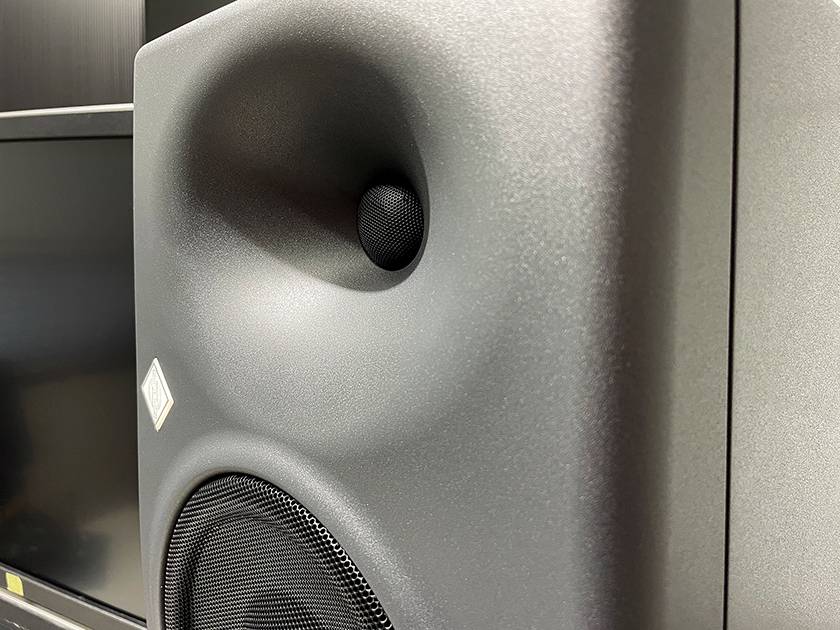
<The KH 150's elliptical (MMD™) waveguide has a deep contour>
The monitor alignment via DSP is a standout feature that attracts attention, but even without this function, the KH 150 delivers exceptionally high quality. It stands apart from lower-priced speakers, offering a level of performance that clearly distinguishes it in its class.
The enclosure is designed using computer modeling and features a unique 3D shape known as the elliptical (MMD™) waveguide. It is tuned with a wide horizontal dispersion and a narrow vertical dispersion, which minimizes the impact of reflections when placed on a console. This design helps ensure a more accurate sound reproduction even in environments with potential reflective surfaces.
When you physically touch the surface of the enclosure, it gives the impression of being remarkably sturdy, despite being made of resin. It feels almost like metal. This distinctive texture is likely due to the use of Low Resonance Injection Molding (LRIM™) materials, which help reduce resonance and contribute to the overall structural rigidity of the speaker.
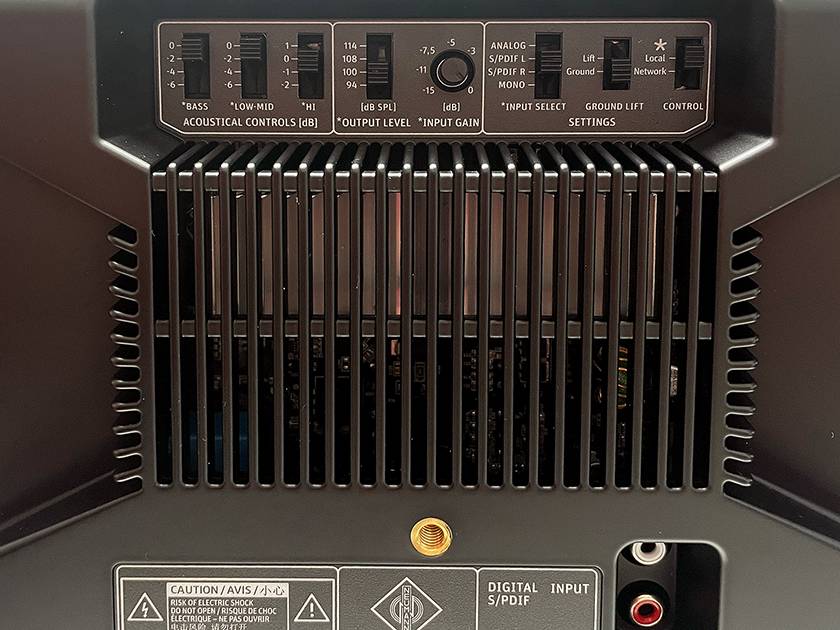
<Sound Quality Adjustment Mechanism on the Rear Panel>
Neumann's monitor alignment function provides EQ adjustments without introducing any unnatural tonal shifts. However, for those who prefer to avoid this feature, the speakers can be used without monitor alignment in local mode.
Another distinctive feature of the KH 150 is the inclusion of S/P DIF digital input and output. While I didn’t use this in my studio setup, it allows for direct digital input, which reduces latency caused by ADDA conversion, and it also provides word clock synchronization. Depending on the environment and specific requirements, this can be a very useful feature.
That concludes the introduction of the KH 150. The model I tested is the standard version, but I’ve been informed that there is also a version available that supports AES67 (Dante) connectivity. This could be a convenient option for setups with a large number of speakers.。
The “sound & person” column is made up of contributions from you.
For details about contributing, click here.







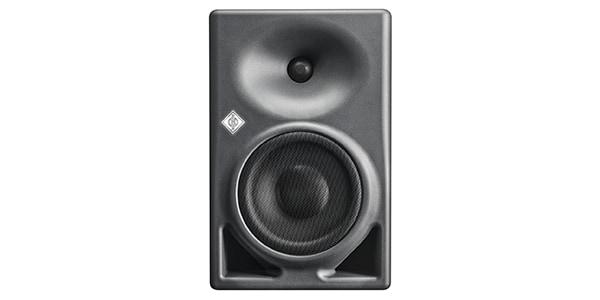
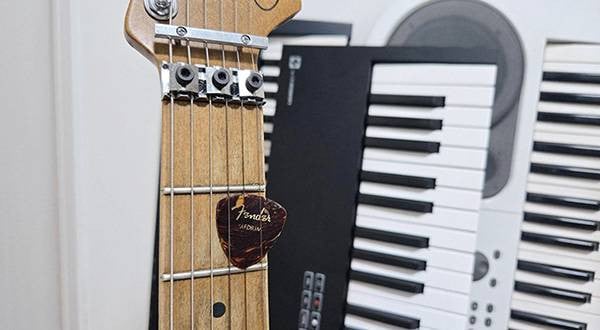
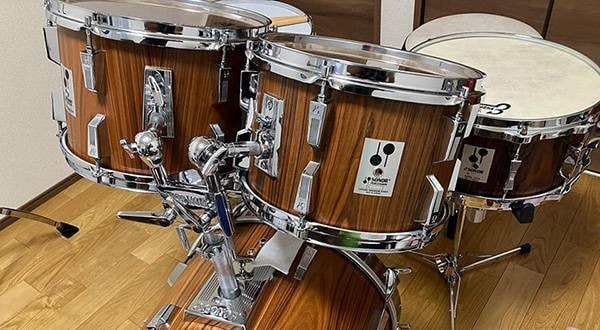
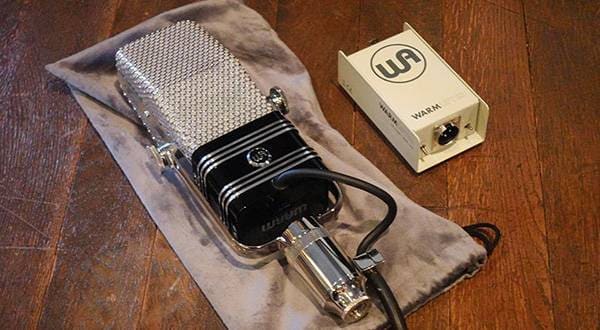
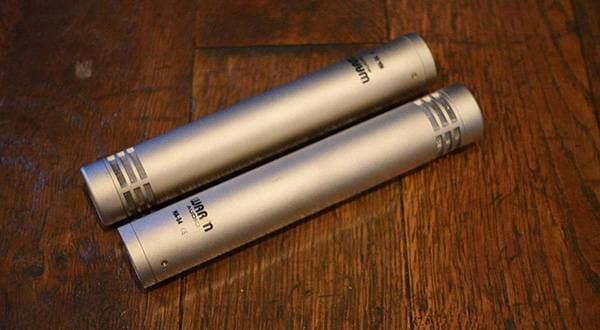

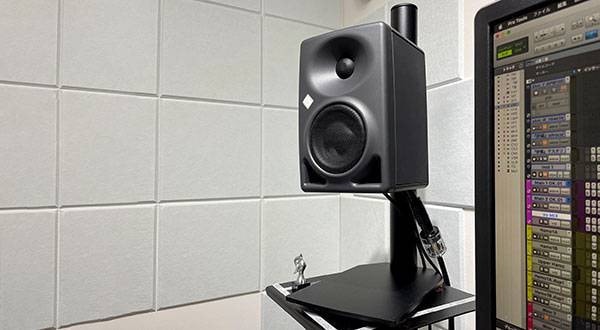
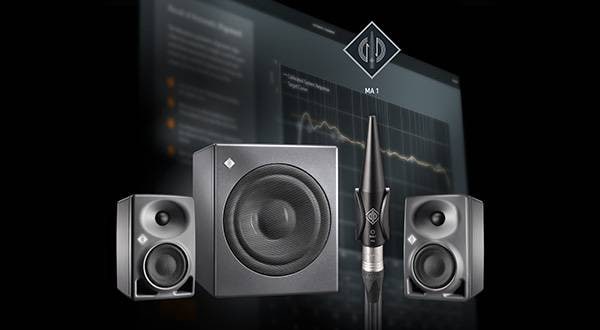
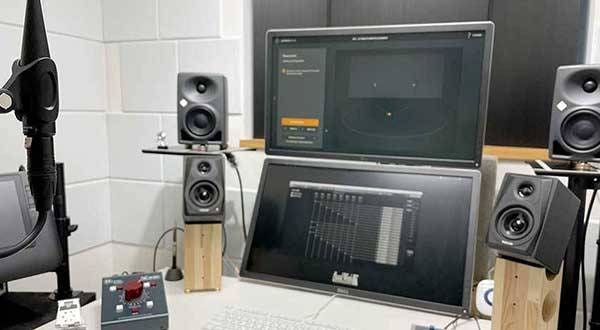
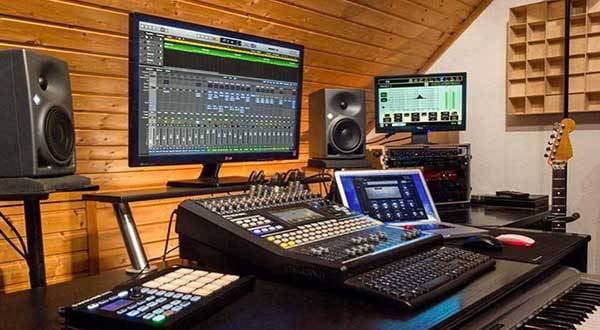
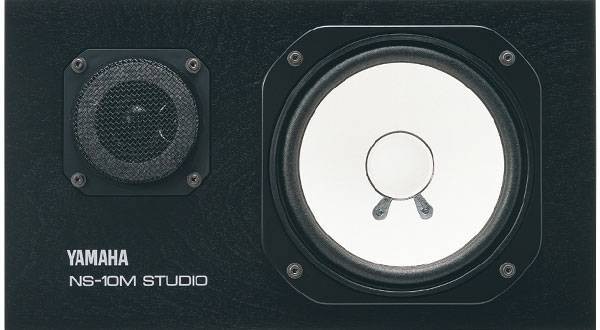
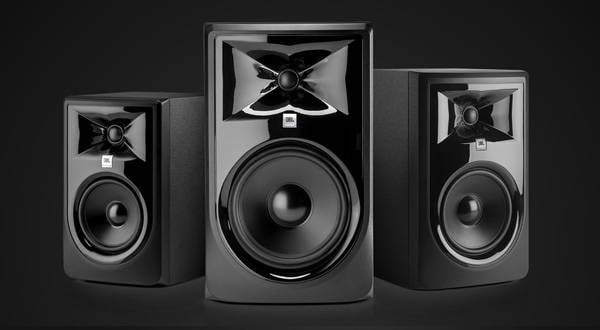
 Neumann KHモニタースピーカー
Neumann KHモニタースピーカー
 CLASSIC PRO モニタースタンド特集
CLASSIC PRO モニタースタンド特集
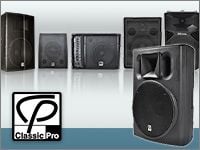 スピーカーの定番 Classic Proのおすすめモデル
スピーカーの定番 Classic Proのおすすめモデル
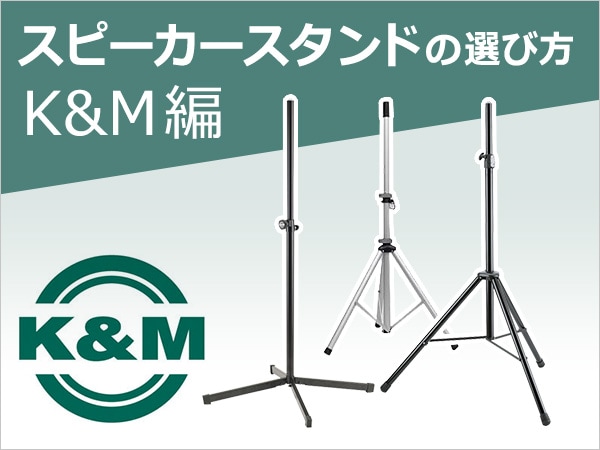 スピーカースタンドの選び方 K&M編
スピーカースタンドの選び方 K&M編
 スタジオモニタースピーカーを選ぶ
スタジオモニタースピーカーを選ぶ
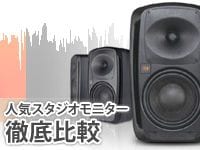 人気スタジオモニター徹底比較
人気スタジオモニター徹底比較
